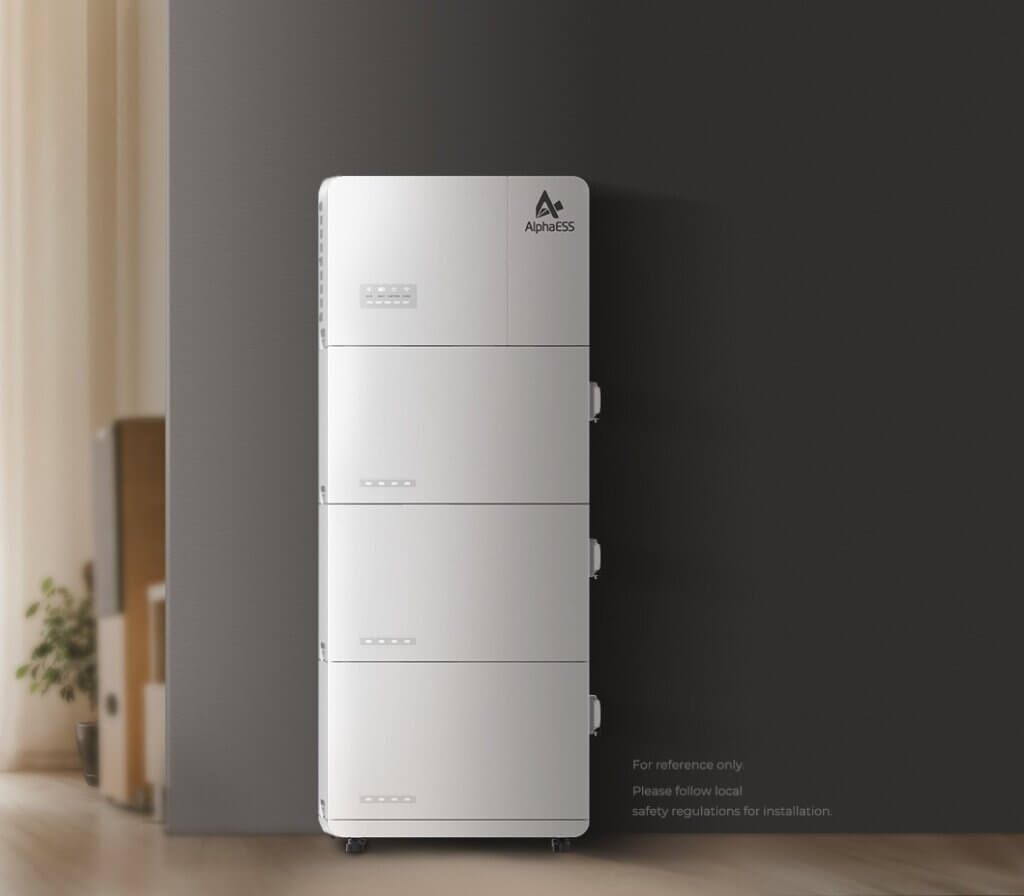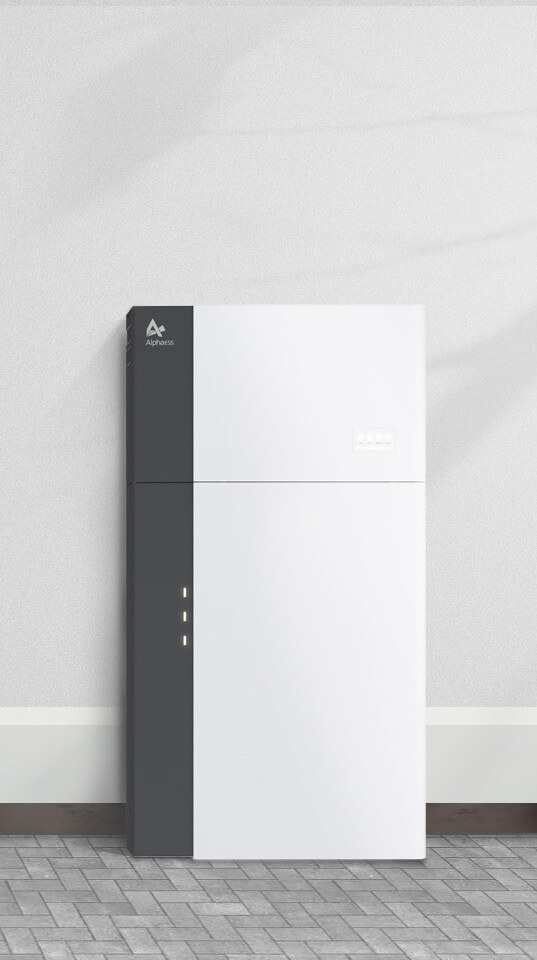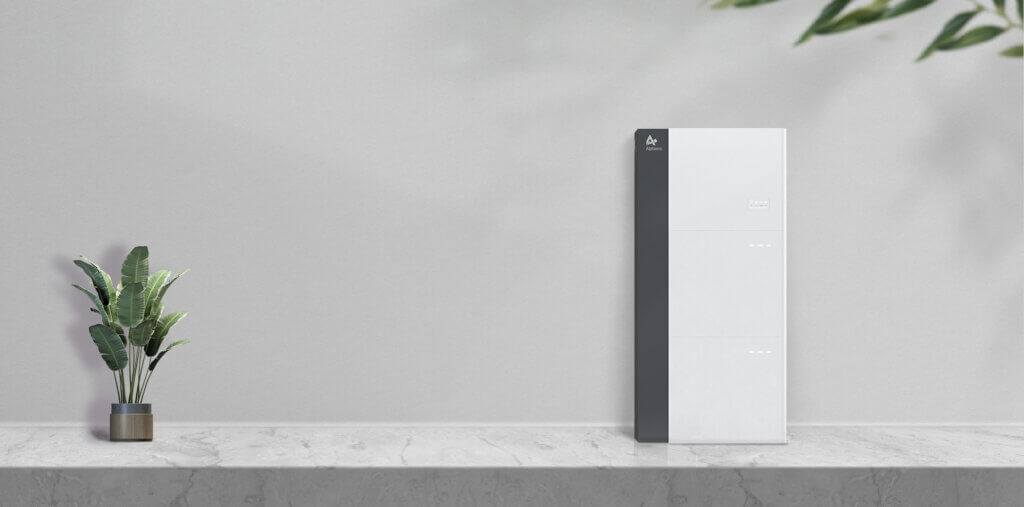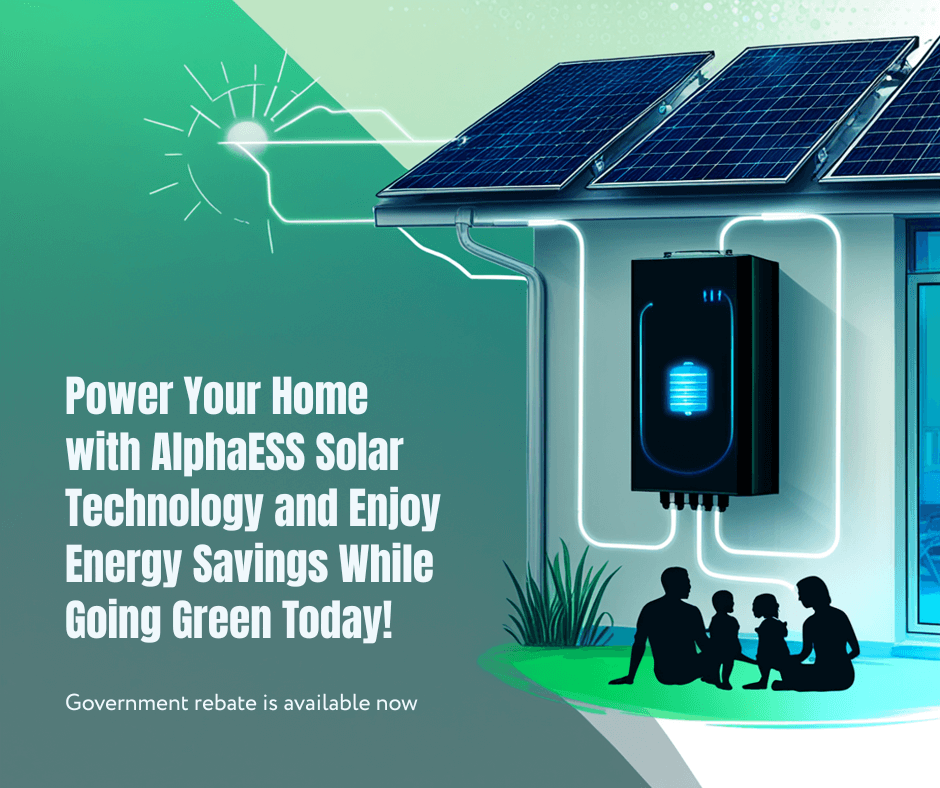
More Australians are investing in home batteries to enhance their solar systems and take control of rising energy bills. With the federal government’s solar battery rebate helping to reduce installation costs, there’s never been a better time to upgrade your energy setup. But how can you make sure you’re getting the maximum benefit from the federal government rebate for your battery?

SMILE-M5-S
Energy Independence
Stores excess solar energy to power your home at night or during peak-rate hours. It provides backup power in the event of a grid interruption.
Product Introduction
Phase: Single Phase
Nominal Output Power: 5 kW
Max. PV Input Current: 16 A / 16 A
Max. PV Input Power: 10 kWp
Capacity Range: 5 – 30 kWh (100% DoD)
Backup: UPS

SMILE-G3-S5
Energy Independence
Stores excess solar energy to power your home at night or during peak-rate hours. It provides backup power in the event of a grid interruption.
Product Introduction
Phase: Single Phase
Nominal Output Power: 5 kW
Max. PV Input Current: 15 A / 15A
Max. PV Input Power: 10 kWp
Capacity Range: 10.1 – 60.5 kWh (95% DoD)
Backup: UPS

SMILE-G3-T4~10
This ESS series comes with a three-phase hybrid inverter and 3.8kWh batteries. The system supports 182mm solar panels and can achieve 200% PV input with 3 MPPT. With enhanced backup overload capability, it can handle 150% overload for 30s, protecting against unstable grids. Overall, it meets the full power range needs of residential three-phase applications.
- 3 MPPT for Higher PV Input
- Bypass Function for Series Battery
- Safer with Aerosols Inside the Battery
- Capable of 150% Unbalancing per Phase
- Campatible with EV Charger and Heat Pump
At Go Green Home Solar, we assist homeowners in selecting the right battery and designing efficient systems. Additionally, we help navigate the battery rebate process from the federal government. This ensures a smooth and rewarding rebate process for your federal government battery. Here’s what you need to know to maximize your savings and future-proof your solar investment with federal government support.

“We want to make sure Australians have access to cheaper, cleaner energy. This is good for power bills and good for the environment.”
🔋 Understand What the Federal Battery Rebate Covers
The Australian Government’s battery support program—delivered under the Energy Bill Relief Fund—targets reducing the upfront cost of installing a solar battery by up to 30%. This depends on your system size and household income, assisted by the government rebate. Benefiting from the federal government battery rebate can save you substantially.
This rebate applies whether you’re adding a battery to a new solar system or including it as part of a broader home energy efficiency upgrade. It’s an initiative by the federal government to make solar technology more accessible. This includes a rebate specifically for batteries to encourage adoption.
It’s important to note that this is not a direct cash payment. Instead, the rebate is applied as an upfront discount to your solar battery system quote. This is provided through authorized and eligible installers.
Choose a Battery-Ready Inverter
Not all solar inverters are compatible with battery storage systems. To access the rebate, federal government specifications for your battery must be met. This typically means using CEC-approved hybrid inverters or a compatible AC-coupled solution, such as the Tesla Powerwall. Additionally, having a battery-ready inverter can significantly impact your eligibility for the federal government battery rebate through the rebate scheme.
Tip: Ask your Greenlight Solar consultant about inverters like the Fronius GEN24 or the Sungrow hybrid—both are popular, battery-ready options.
✅ Only Trust CEC-Accredited Installers
To qualify for the rebate, your installation must be completed by a Clean Energy Council (CEC) accredited installer. This ensures all work complies with national safety and performance standards. Ensuring compliance with this federal government battery rebate requirement aids in smooth processing.
Go Green Home Solar is fully CEC-accredited, so you can trust us to manage all technical and regulatory requirements on your behalf—no paperwork stress, no missed incentives.
Can anyone install a battery and still claim the rebate?
❌ No. Only CEC-accredited professionals are authorized to access federal rebates for solar batteries.
🏠 Start with a Home Energy Assessment
Some rebate schemes—especially state-specific ones—may require proof that a battery will genuinely benefit your household. A quick home energy audit, supported by the federal government, helps evaluate your current power usage. It can help avoid oversizing and support your eligibility for rebate programs, including federal government battery rebates, as part of assessing your needs.
Plus, it ensures your battery is the right size for your needs—not too small, not too expensive.
🔄 Bundle Solar + Battery for Better Value
While you can always add a battery later, combining both solar panels and batteries in a single installation typically maximizes your rebate benefits and shortens your system payback time. This approach also aligns with federal goals to promote renewable energy use. The federal government battery rebate is part of this initiative to optimize savings.
Can I claim both state and federal battery rebates?
🔁 Unfortunately, no. You can’t stack both. Most state-level rebates end by June 30, and the federal rebate begins on July 1—so they don’t overlap.
⏳ Don’t Wait—Rebates Are Limited
Battery rebates, like solar STCs, come with limited availability and may be reduced or phased out as demand increases. Many rebate programs release funding in waves, which means they can run out quickly.
Act early to secure your spot and avoid rising hardware or installation costs down the line. Ensure you benefit from the federal government battery rebate.
⚡ Choose the Right Battery Size
Bigger isn’t always better. Most homes in Australia benefit from a 6–10 kWh battery, depending on your household’s energy habits. An oversized battery could lead to lower efficiency and make you ineligible for some rebates, including those offered by the federal government battery rebate program. Selecting the correct battery size conscientiously is part of maximizing your rebate advantage.
✅ Pro Tip: Use your electricity bill to estimate your daily energy usage—or let Go Green Home Solar perform a load profile analysis. This helps in determining a size suitable for battery rebates, including those by the federal government.
🔋 Consider Joining a Virtual Power Plant (VPP)
Looking to maximize your battery’s value? Some energy providers offer VPP programs, which allow your battery to support the grid in exchange for financial incentives like rebates or bill credits.
These programs help you stack benefits, potentially earning rebate optimizations while supporting a cleaner energy grid. This is supported by federal government battery initiatives.
🔚 Final Thoughts
Adding a battery in 2025 is one of the most impactful ways to reduce your energy bills and protect yourself from future electricity price hikes. With the federal battery rebate covering up to 30% of installation costs, the time to act is now with federal support.
At Go Green Home Solar, we take care of everything—from selecting the right battery to ensuring full compliance with rebate rules. Reach out today for tailored advice, a free quote, and expert support for your federal government battery installation.
